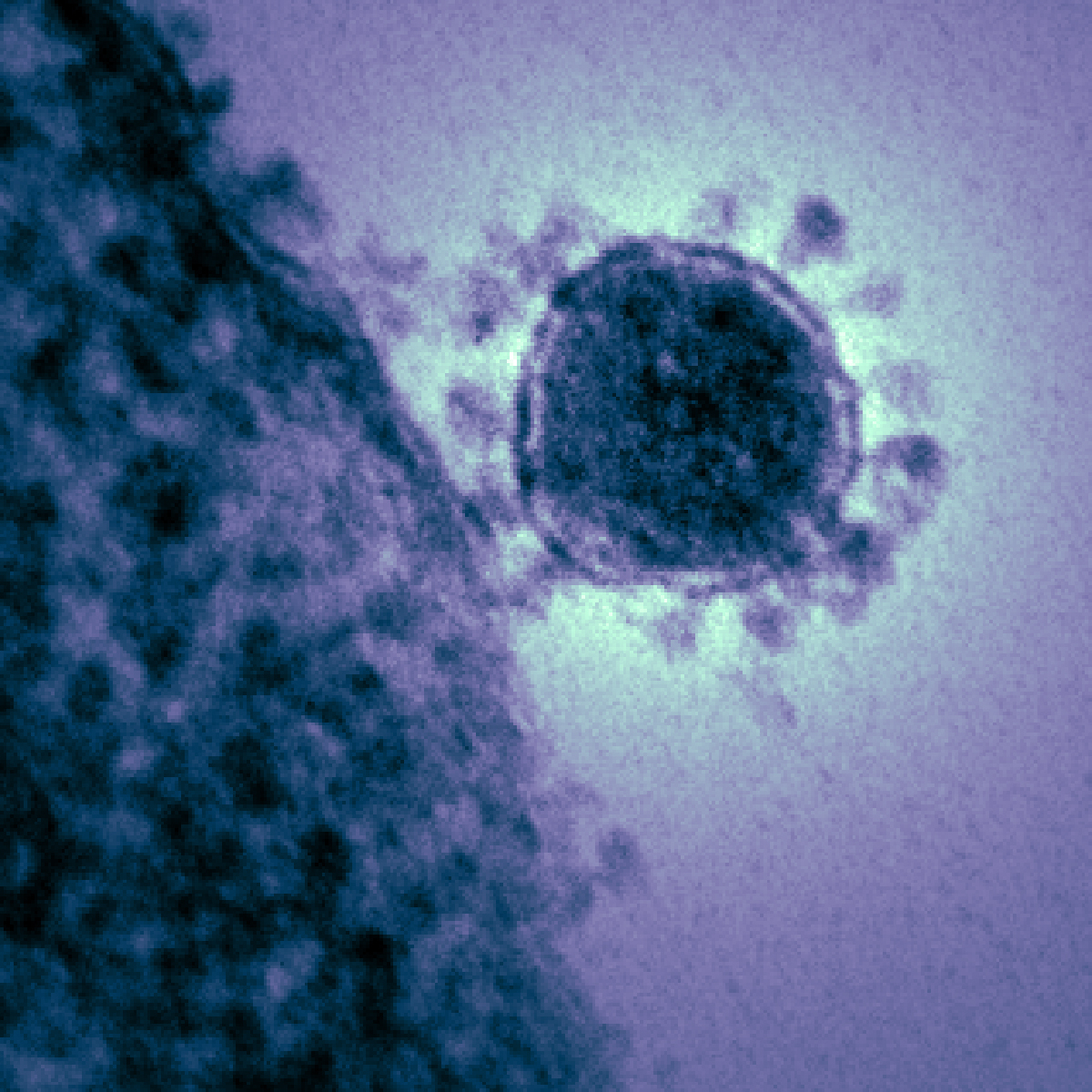Coronavirus mutation D614G: does it matter?

SARS-CoV-2 coronavirus strain
An article in today’s Washington Post reports that scientists are busy investigating the emergence of a dominant strain of SARS-CoV-2 coronavirus that differs slightly from the version that originally came out of China. Let’s talk about that.
First, it’s very normal for a virus to undergo genetic change over time. This process is called “mutation” and that word conjures up a lot of things that many people don’t really understand. Genetic sequencing of coronavirus isolated from many patients in many places shows that a single change in the viral RNA has caused a single change in the amino acid sequence of the virus’s most important protein, the spike. The shorthand name for this change is D614G.
Mutations like this occur all the time in viruses. Why?
- Every time a new virus is made, the RNA genome must be copied. Copying is very accurate but it is not perfect. Mistakes are made. We call these mistakes mutations.
- The more times an organism reproduces, the more opportunities there are for mistakes to be made. A virus reproduces an inconceivable number of times in every single host it infects. Imagine how many virus copies have been made by now, with over 10,000,000 confirmed cases and possibly ten times that many cases unrecognized. That adds up to a lot of mutations.
Mutations are not intentional. They are random. But by natural selection, they get sorted as helpful or harmful. Imagine two virus particles, one with a helpful mutation (enhances virus survival or reproduction) and one that was born with a harmful one. The virus with the helpful mutation will successfully infect a human cell and produce more viruses. The other virus might fail to infect a cell, or it might produce fewer new virus progeny. Over a few cycles, the strain with the randomly generated helpful mutation will “take over” as its offspring increase in number. It will succeed in infecting more people. Scientists will notice because its genetic signature will be found in more patients.
In the grand scheme of all viruses, SARS-CoV-2 is fairly stable genetically. Thank God, it does NOT have an unusually high rate of mutation. This matters because we are developing vaccines based on a particular genetic strain of the virus. Some mutations could potentially render a vaccine ineffective. So we have to hope that our vaccines will target some aspect of the virus which is too important to allow any mutations to survive.
The D614G mutation has come to dominate the coronavirus isolates in many places. One reason this could happen is natural selection–that this mutation somehow makes the virus a little bit better at reproducing, compared to the strain that started the pandemic. Laboratory experiments suggest the mutation makes it easier for the virus to enter cells. This means it might be more infectious / more contagious.
There is no evidence, however, that D614G is more deadly or that it makes people more sick.
Honestly this is important for hard-core science people only. There is no practical significance for the average person. Bottom line: All strains of SARS-CoV-2 are contagious. You can spread the infection to other people without even knowing that you are infected. Wash your hands, keep your distance, and wear a mask to protect others.
Amy Rogers, MD, PhD, is a Harvard-educated scientist, novelist, journalist, and educator. Learn more about Amy’s science thriller novels, or download a free ebook on the scientific backstory of SARS-CoV-2 and emerging infections, at AmyRogers.com.
Sign up for my email list
Share this:



0 Comments